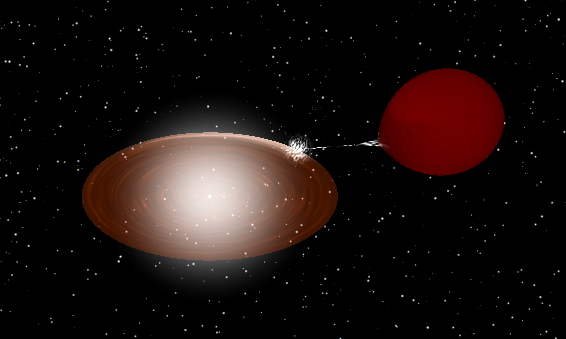
David Levitan
I am an astrophysicist turned applied NLP scientist; I took what I learned studying exotic stars and have applied it to the technology world. As a principal applied scientist at Microsoft, I specialize in natural language processing. I lead the efforts to develop the machine learning models and algorithms needed to let internal product owners understand their customer feedback quickly and accurately.
I grew up near New York City, studied physics at Cornell University, completed my PhD at Caltech, and now live with my wife and sons in Bothell, WA. I love the outdoors, biking, photography, and gardening.
NLP
I am a technical lead in the RDX group in Customer Success Engineering. We focus on feedback from across Microsoft 365 products and beyond. Our goal is to identify what our customers are saying in their feedback and inform product teams of how to improve products.
Astronomy
As a PhD student at Caltech, I worked with Professor Tom Prince on the Palomar Transient Factory (PTF). PTF was a synoptic survey, meaning it repeatedly took pictures of a large portion of the sky to look for variable stars, supernovae, and other variable and transient phenomena. It has since been upgraded to the Zwicky Transient Facilty.

My science interests centered on ultra-compact binary stars. Such stars have orbital periods of roughly between 5 and 65 minutes and as such have complex physics governing their behavior. In particular, at certain orbital periods these systems suddenly become brighters by orders of magnitude, making them a prime candidate for synoptic surveys. Fewer than 50 examples are known; my work concetrated on finding new systems, understanding the properties of AM CVn systems, and calculating their population.
On the technical side, I contributed extensively to one of two main pipelines for PTF and developed the software that converted measurements from a single exposure to well-calibrated light curves for sources. This allowed the whole collaboration to obtain high quality data for sources across the sky. As part of these efforts, I developed a website that provided access to this data, coordinated observations, and allowed scientific collaboration.
As part of my research and studies, I had the fortune of observing at multiple telescopes across the world. I spent many nights at the Palomar Telescope near San Diego (including assisting with development of a new instrument) and at the Keck telescopes in Hawaii. Additionally, I observed with the 3 meter at the Lick Observatory outside of the Bay area, the 4 meter at Kitt Peak National Observatory in Arizona, and the William Herschel Telescope on the Canary islands.